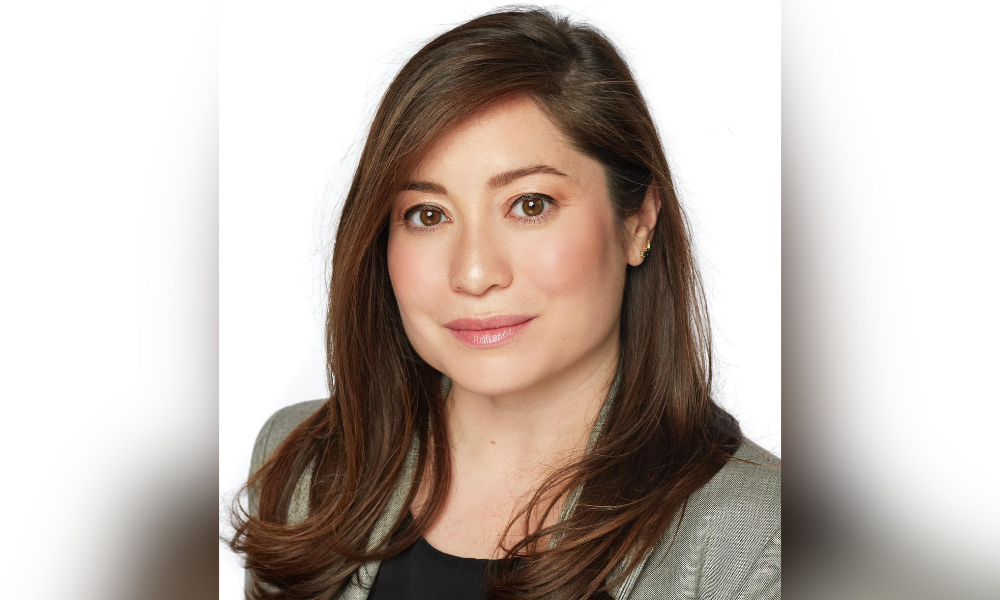While the long life cycle of class actions makes it difficult to pinpoint trends over the short term, lawyers say courts increasingly dismiss cases early.
“Class actions have a long tail on them,” says Jon Foreman, partner and founder of Foreman & Company, a London, Ont.-based firm specializing in class actions. “They’re actions that take a long time to be completed… Annual trends are a pretty difficult thing to put your head around. There can be trends, there can be clustering of some new kinds of cases that are brought within a year, but more typically, there is a longer horizon on them.”
Even considering that, however, judges are scrutinizing class actions more carefully at earlier stages in the proceedings, say lawyers. Courts are weeding out ones with lower odds of being successfully argued, thereby preventing those suits from taking up valuable court time later in the process.
Speaking from the West Coast, British Columbia-based Michelle Maniago, a partner in Borden Ladner Gervais LLP’s disputes practice, says when courts are looking at certifying class actions (accepting that the plaintiff has a case that is worth hearing on legal grounds and that the named plaintiff can represent all of the potential victims in the situation), they are finding that many cases don’t clear the “low bar” of the compensable harm standard.
She explains that “the courts are taking up the direction from the Supreme Court of Canada about grappling with tough legal issues and trying to decide those on an early basis, rather than letting cases drag on. They’re saying, ‘What is this claim? And does this disclose a cause of action?’ There are a lot of cases that have been floundering on exactly that issue: whether a cause of action is disclosed.”
Maniago adds that courts in Saskatchewan have even begun dismissing cases on their dockets for years for want of prosecution or delay. Specifically, she cites Huard v. the Winning Combination Inc., 2022 SKCA 130 and Bovier v. Crary Company, 2023 SKKB 21.
Halfway across the country in Quebec, François-David Paré, a partner and local chair of the dispute and litigation group in Montreal and national co-chair of class actions for Norton Rose Fulbright Canada LLP, explains the courts are behaving similarly and making it harder for cases to be certified. Partly, they’re looking at lawyers’ fees and not certifying cases if the class counsel fees are too high (which happened in A.B. c. Clercs de Saint-Viateur du Canada, 2022 QCCA 1224, for example).
Other times, certifications are denied in what Paré calls hybrid class actions involving securities. Those are governed under the Securities Act, which has a higher threshold for certification than general civil liabilities class actions. “Judges have been more inclined to show more scrutiny and have a larger debate at the authorization stage and allow defendants to have a fuller defence at the authorization stage,” says Paré.
It's not just the judges who are looking harder at cases in the early stages. Defendants’ counsels are also making more – and more complex – legal arguments earlier, says Toronto-based David Conklin, a partner at Goodmans LLP. He adds that this is working to limit the number of class actions launched, especially those related to securities and investments.
“I hate to say this – it started with me 10 years ago – but defence counsel consistently are responding by putting in a significant evidentiary record themselves to try and demonstrate that the defined liability issues are too broad, or that there’s no chance of success. And so that process for just getting the right to bring the action, plaintiff’s counsel will tell you, has become very burdensome. And, they would say, interferes with their business decision to bring a claim on a contingency-fee basis.”
Conklin adds that another factor that dissuades class securities-related actions is the cap on damages that an issuer is responsible for, which is set at five percent of market capitalization at the time of representation. For individual directors or officers, liability is capped at 50 percent of the compensation they earned in 12 months before any misrepresentations they made.
While there is no final data yet for 2023, Paré, Foreman, and Conklin all have the same sense: Overall, fewer class actions have been launched over the past year across the country. (Looking strictly at securities-based class actions, NERA Economic Consulting Eight reports that “eight new securities class actions were filed in Canada during 2022, two fewer than the 10 cases filed in 2021 and barely half of the 15 new cases filed in each of 2019 and 2020.”)
There is a different story in BC, however; Maniago explains that filings of all kinds in the province have tripled since 2020, jumping from approximately 20 per year to between 50 and 60.
She thinks that the increase has come, in part, from lawyers looking for new business to replace work lost due to the province’s implementation of no-fault automobile insurance in 2021. BC is also seen as more plaintiff-friendly thanks to the modified-cost rule under s. 37 of the province’s Class Proceedings Act. Under that rule, there are no cost consequences for whoever wins or loses outside of some limited exceptions for actions such as vexatious litigation or abusive conduct by one of the parties. Sometimes, this is also called the no-cost rule, but Maniago says that isn’t accurate.
“We’ve had recent cases this year, confirmed at our Court of Appeal level, that yes, the regular cost regime [which is what exists in other provinces] does apply to pre-certification applications. If, for example, you bring an application and lose it, then there will be cost consequences to be paid.”
Considering how class actions will evolve in the province, Maniago wonders if judges will start imposing cost consequences on claims that fail to disclose a cause of action or if the government will rethink the province’s “no-cost” status.
While overall numbers might be down, some types of class actions are growing in popularity. Foreman says there seem to be more Crown liability cases on the plaintiff's side, which are the type of class actions in the public sphere that are brought against a level of government and can involve situations such as people experiencing poor conditions during incarceration.
His firm has been busy working on consumer-protection and price-fixing class actions, specifically ones involving monopolistic practices, which are finally hitting some critical milestones. One involving electrolytic and film capacitors, which are fundamental components found in electrical circuits, was certified in April and, so far, the parties have reached settlements of over $43 million. A case against the Ontario Energy Group, which inappropriately placed liens called Notices of Security Interest against properties of homeowners who purchased heating, ventilation, or cooling (HVAC) equipment, is in the process of paying out a settlement of $14.95 million.
“Canada doesn’t currently have a system that works well for monopoly misconduct. If you are a monopolist and you misconduct yourself, there isn’t civil-litigation recourse that’s terribly effective under our system. The Competition Act allows the regulatory body to take some action. But there are very, very limited options on the civil side. I think the evidence shows the dominant competition-law problems today have a monopolist element to them. I believe there is [the] will to adapt our competition system to permit civil action in that space,” says Foreman.
Paré is also looking forward to how the law may evolve. He calls Quebec a “haven” for class actions in Canada. He notes that the province is a “pro-consumer jurisdiction” due to the Consumer Protection Act (CPA) and some presumptions that alleviate the burden for the plaintiff, especially the burden of prejudice.
“If you can prove that there was a breach of [provisions regarding prohibited business practices under the CPA], you do not have to prove a prejudice, and you do not have to prove causation,” he says.
Similarly, the CPA provides against a presumption of knowledge, which means if a consumer purchases a defective product, the manufacturers and merchants can’t say they didn’t know about the defect as a defence. They can only argue that the product wasn’t defective, which has led to product liability cases becoming more popular in the province.
With that background in mind, Paré is considering the effects of Bill 29, An Act to protect consumers from planned obsolescence and to promote the durability, repairability, and maintenance of goods. This Act was given royal assent on October 5 and is seen as a measure to strengthen the CPA.
“There’s a tendency by our government to increase the protection for consumers, and so, obviously, that’s one of the areas where we expect class actions in the coming year.”





